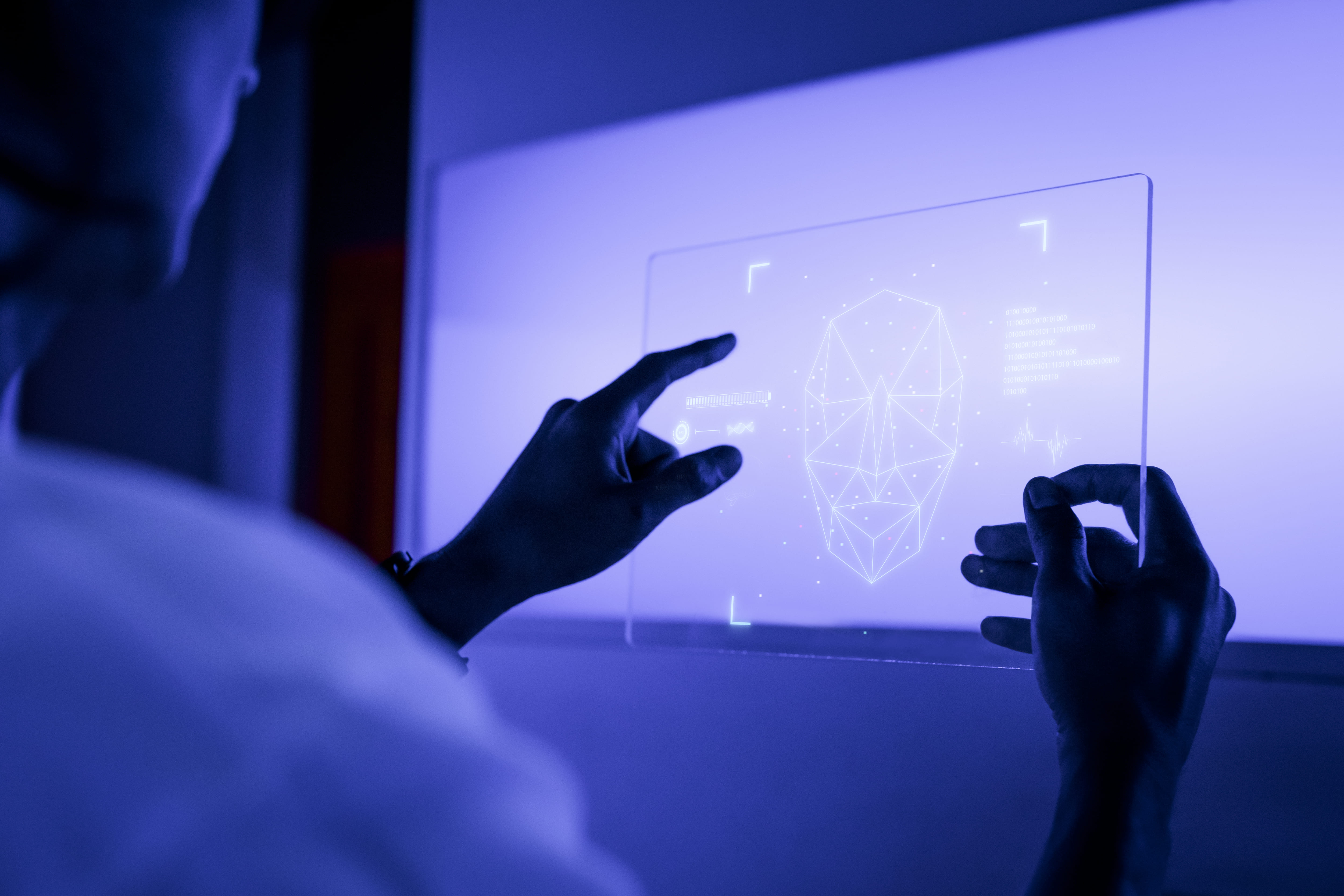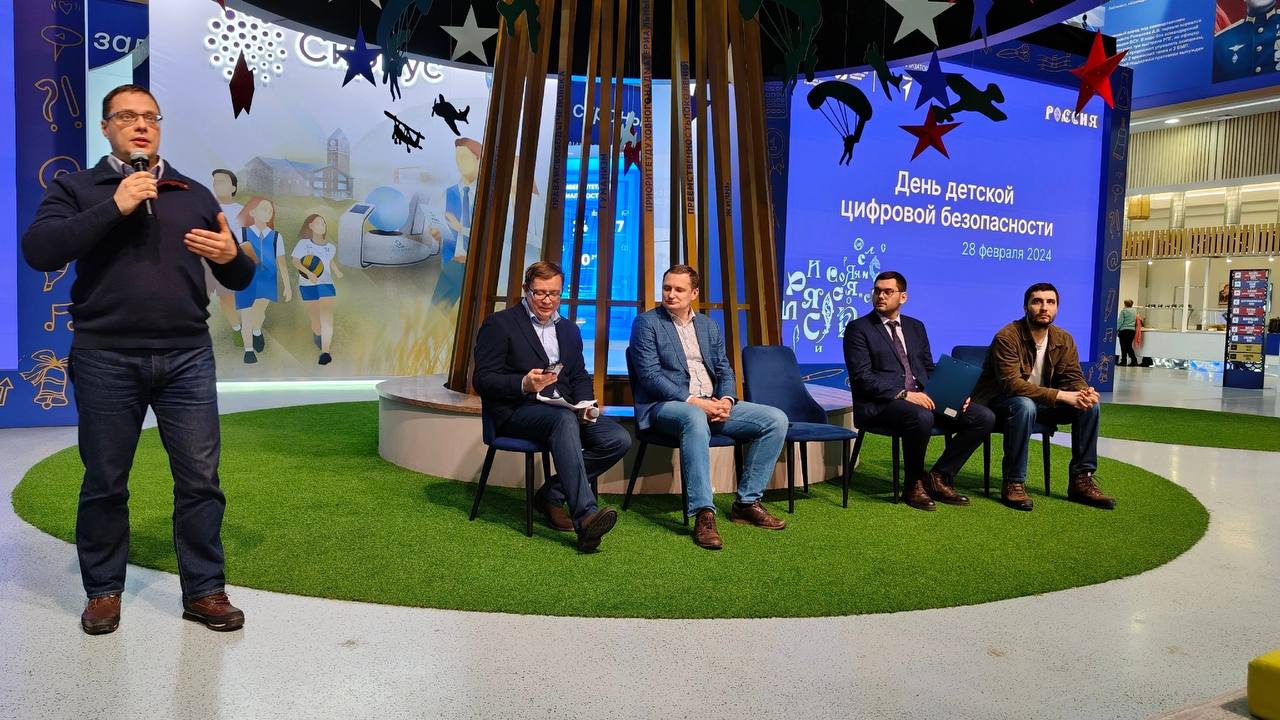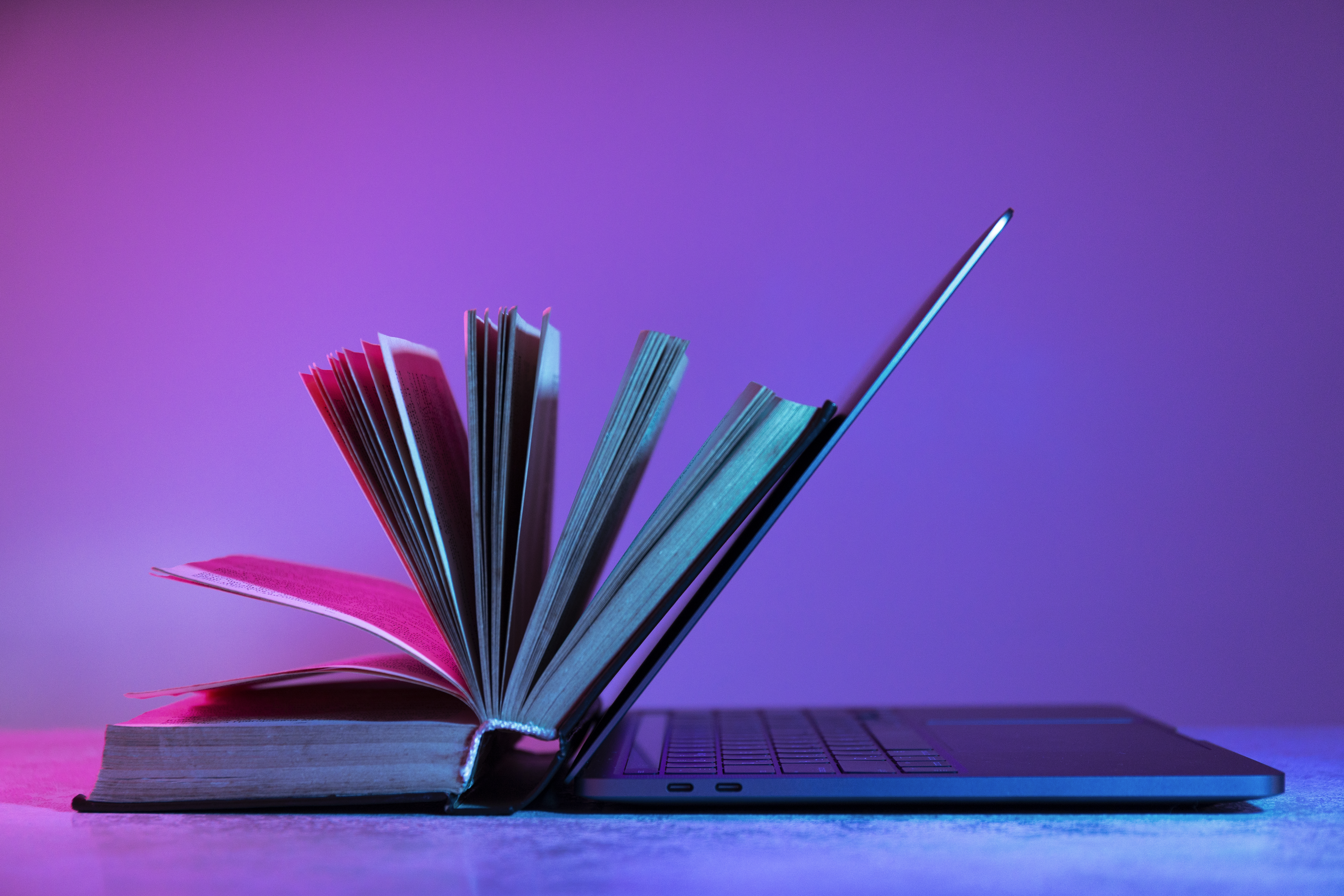In the coming days, the White Book will be published – a report by state-owned companies on the development of the high-tech areas they supervise with an analysis of their level of development. Among the problems are dependence on imports of components and sanctions.
This week, the Ministry of Economic Development will publish the final version of the so-called White Book – a summary report on the development of certain high-tech areas, several market sources told RBC. First Deputy Prime Minister Andrey Belousov instructed to prepare such a book in the summer of 2021. This year the book will be presented for the first time, but it is expected that it will be released annually. In addition to the Ministry of Economic Development, the National Research University Higher School of Economics, interested departments, as well as Sberbank, the Russian Direct Investment Fund (RDIF), Rostech, Rostelecom, Rosatom, Russian Railways (RZD), Rosseti, Roskosmos and Gazprom.
RBC studied the 187-page book (a source close to the government confirmed the authenticity of the document) and gives the main thing from it.
About artificial intelligence
From 2015 to 2019, the global number of patent applications related to artificial intelligence (AI) increased from 22.5 thousand to 63.7 thousand. Russian authors filed about 100–140 patent applications per year. In the total volume of scientific papers on AI, the share of Russian authors is 1.5% (2020 data). The leaders in the number of patents and publications are China and the United States.
In the United States, the volume of public investment in research and development in the field of AI in 2021 was supposed to be $1.5 billion, and by 2026 it should grow to $32 billion. But the main vector for the development of this technology is set by the largest digital American corporations: Amazon (in 2020 spent $42.7 billion on technology and content), Alphabet ($27.6 billion), Microsoft ($19.3 billion), Apple ($18.7 billion), Meta Platforms (until recently Facebook; $18.5 billion). Estimates of China's government spending are incomplete and vary widely, but only three major local digital companies – Alibaba, Tencent and Baidu – had combined R&D spending of about $16 billion in 2020.
Among the most capacious markets based on AI are biometric systems (global volume - $36.6 billion), aviation and road transport of various levels of autonomy ($27.4 billion and $23.3 billion, respectively). Among the main AI developers in Russia are Yandex, VisionLabs, NtechLab, Sberbank, VK, MTS, Gazprom Neft, Kaspersky Lab.
Among the positive factors, the authors note the presence of supercomputers in Russia. The regularly updated top 500 supercomputers in 2021 included seven supercomputers from Russia, including Yandex's Chervonenkis, which was ranked 19th in terms of power in the world. Russian developers are able to create world-class products, but it is necessary to stimulate demand for them from consumer sectors. Among the main disadvantages is the lag in the electronic component base.
About the Internet of Things
Russia accounted for 0.2% of the total number of patent applications for inventions related to the Internet of things (Internet of things, IoT) in the world (2019 data) and 1.5% of the total number of scientific publications (2020 data). The largest government investments in the development of IoT are in China and the United States. According to the IDC forecast, in 2020 the total spending on IoT in the world reached $742 billion, until 2024 the figure will grow by an average of 11.3% per year.
Among the world's leading players in this area are American Microsoft Azure, Amazon AWS, IBM Watson, PTC, Google Cloud, Cisco, Chinese Alibaba Cloud and Baidu. In Russia, these are MTS, VimpelCom (Beeline brand), MegaFon, Rostelecom, Rostech, etc. IoT is being implemented in industry, housing and communal services, agriculture, used for environmental monitoring, fire safety, meteorological observation. The main advantage of Russian players in comparison with foreign competitors is more functional software, more efficient data processing algorithms, data storage and monitoring solutions, etc., as well as user support in Russian. Negative aspect is that the main hardware solutions are made on a foreign element base.
About 5G networks
Russia accounted for 0.1% of the global number of patent applications for inventions related to fifth generation (5G) mobile networks in 2019 and 1.8% of the total number of scientific publications (2020 data). The development of 5G infrastructure is mainly carried out by the largest manufacturers of equipment for telecom operators: Chinese Huawei and ZTE, Swedish Ericsson, Finnish Nokia and South Korean Samsung - they account for 95% of the mobile equipment market. In 2020, they invested more than $30 billion in total. By the end of 2026, the size of the 5G market could grow by more than 100 times, to $667.9 billion.
In combination with IoT and AI solutions, 5G networks will enable the transition of economic and social sectors to the quality a significantly higher level of technological development, which will lead to an increase in labor productivity, an increase in the quality and flexibility of production and services, a decrease in accidents, etc. However, there is already a significant gap: the level of penetration of 5G in the USA, China and South Korea is 15–20%, while in Russia the technology has been implemented only in pilot zones, their full launch has been postponed until 2024. By this date, “the gap may reach critical values both in terms of the level of development of the infrastructure of 5G networks and the degree of readiness of services based on them.”
About quantum computing
In 2019, Russian authors accounted for 1.5% of the total volume of patent applications related to quantum computing and 4.7% of scientific publications (2020 data). The leaders in both indicators were China and the United States. The global market for quantum computing is in its infancy. In the next five years, its volume will reach $1–2 billion, and in the next 15–30 years it may grow to $450–850 billion. Both states and major corporations, primarily American Google, IBM, Microsoft and Honeywell are investing in the development of these technologies. In Russia, Rosatom, the Russian Quantum Center and various universities are developing them.
The technological gap between Russia and the world leaders in the field of quantum computing is estimated at seven to ten years. In 2025-2030, when quantum computers will be massively introduced, “non-quantum technological leadership of the state will become impossible.” However, the existing working quantum devices are not yet superior to classical supercomputers (quantum advantage implies the ability of a quantum computer to solve some special problems orders of magnitude faster than a classical computing system).
About quantum communications
In 2019, Russian companies accounted for 1.1% of the total number of patent applications for quantum communications and 4.4% for scientific publications (2020 data). Moreover, in the field of atmospheric and space communication lines, Russia accounted for 50%, or one of two patent applications filed in the world. Currently, multi-node backbone and urban fiber optic quantum networks are being deployed in the US, Europe, UK, Japan, China and Russia. In our country, such networks are piloted by Russian Railways, Rostelecom, and others.
Quantum communications are of great importance for the industry, since technologies in this area make it possible to ensure the protection of digital data due to the fundamental laws of quantum physics, which is relevant in the face of growing cyber threats, as well as the potential creation of a quantum computer with which it will be possible to decipher existing algorithms in a fairly short time. encryption.
About distributed ledger technologies
Russian authors occupied 0.2% in the total volume of patents in the field of distributed ledger technologies (data of 2019) and 2.1% in scientific publications (according to the results of 2020). The leaders in these indicators are China and the United States. Among the companies, China's Alibaba Group, Tencent Technology and Hangzhou Fuzamei Technology Company have the largest number of such patents, as well as the American IBM and nChain from the UK. According to forecasts, by 2030 the use of DLT can provide an increase in global GDP in the amount of about $1.8 trillion, of which more than $960 billion in the field of monitoring goods and services and supply chain management and over $430 billion in the financial sector. In Russia, a project using this technology is being implemented by the National Settlement Depository, the Federal Tax Service, Dom.RF, Sberbank, Raiffeisenbank, Norilsk Nickel, Gazprom Neft, and others.
About power transmission technology
The energy transition is one of the priorities of the global economic agenda. The countries of the European Union, China, and the United States announced the transition to carbon neutral energy. Many states have plans to increase the share of renewable sources in the energy mix.
In 2019, Russian authors accounted for 0.8% of the total number of patent applications in the field of power transmission technologies and distributed intelligent energy systems and 2% in scientific publications (2020 data). The leaders in this area were China, Japan and the United States. In Russia, many companies manufacture products and component base in this area, developments in this area are carried out by Rosseti, RusHydro, Rosatom, and others. Among the goals set in the road maps, strategic and programme documents, is the introduction 12 GW of renewable generation capacity by 2035; increasing the production of electric transport to 730 thousand by 2030, building a charging infrastructure for it, etc.
In the field of technologies for creating energy storage systems (various batteries, etc.), Russian authors accounted for 1.2% in the total number of patents in 2019 and 2.2% in terms of the number of scientific publications in 2020. More than 20 states have announced impending bans on internal combustion engine vehicles, including Norway (since 2025), Germany (since 2030), France (since 2040), Great Britain (since 2050), as well as Slovenia, Belgium, India, Singapore, etc. In terms of the number of patent applications and scientific Publications Russia makes the most significant contribution in the field of hydrogen technologies. Rosatom is working on a project to build the Russian Gigafactory, a plant for the production of lithium-ion battery cells.
About technologies of new materials and substances
In 2019, Russian companies accounted for 0.8% of the total number of patents in the field of new materials and substances (ultralight, superhard, memory-effect materials, etc.) and 4.3% of scientific publications (2020 data). The development of these technologies in the world is carried out by the largest manufacturers of electric vehicles (Tesla, Volkswagen, Mercedes, BMW, Toyota, etc.), manufacturers of metal products, etc. The most dynamic and in demand for use in various sectors of the economy include additive technologies, polymer composite materials, technologies for the production of rare earth metals and products from them, lithium technologies, etc. Russia has the most prominent positions in the segment of technologies for the production of rare earth metals (the country accounted for 4.2% of global patents in this area in 2019). The world's largest importers of rare earth elements are China and the United States. The share of Russia in the world reserves of rare earth metals is about 17%, and in terms of the volume of the raw material base, it is in second place in the world after China, but in terms of production it ranks only seventh.
On promising space technologies
In 2019, Russian companies accounted for 3.9% of the total number of patent applications for advanced space technologies in the world and 5.1% for the number of scientific articles. The world leaders in these indicators were China and the United States. The most significant share of patents in Russia is in the segment of technologies for creating advanced geographic information systems (29%) and the production of new generation spacecraft (4.2%).
States with a backlog in these technologies will gain strategic competitiveness in the long run. The introduction of promising space technologies opens up significant opportunities for value added growth in sectors such as agriculture and forestry, mining, construction, transport and logistics, information and communications, education, and public administration. In Russia, their development is carried out within the framework of the state programme “Integrated development of space information technologies for 2022-2030”. Its implementation should make it possible to provide full coverage of the territory of Russia, including the Arctic zone and the Northern Sea Route (Skif, Express-RV systems, etc.), with satellite communications services, digital broadcasting and high-speed Internet access, and develop IoT services (“Marathon IoT”) and remote sensing of the earth (Smotr and Sfera-MKA systems).
About risks
Undoubtedly, the United States and China are leading by most parameters, by a wide margin from the rest of the countries. Russia ranks from seventh-eighth to 19th in terms of publication activity of researchers; from the fourth or sixth to the border of the second and third tens in terms of patent activity. If in China there are on average two patent applications per scientific publication, in Russia the ratio is only about 0.2.
The development of technology in Russia is hampered by a strong dependence on the import of components and equipment, including those necessary for research and development, sanctions, a lack of qualified specialists, as well as an extremely small number of start-ups compared to leading countries and the almost complete absence of “unicorns” - private high-tech companies whose market value exceeds $1 billion. Under such conditions, many ideas and developments of Russian universities and scientific organizations, including those financed from the state budget, flow abroad and return in the form of products and services with a huge “margin”.
Pioneers in the formation of new technological markets in the world are the largest companies - Apple, Microsoft, Google, Amazon, Tesla, Meta, Nvidia, Tencent, Samsung, Alibaba, SpaceX, etc. In Russia, these are companies with state participation, such as Sberbank, Rostelecom, Rostech, Rosatom, Roskosmos, Rosseti, Rosneft, Russian Railways, Gazprom. Now the promotion of Russian companies to foreign markets is impossible without the active and coordinated support of the state. At the same time, it is noted that in the modern world, even the strongest players base their activities on open innovation business models, form consortiums and ecosystems, which can multiply the cost of capital.
https://www.rbc.ru/technology_and_media/14/02/2022/6208c2f49a79470c3f893bae




